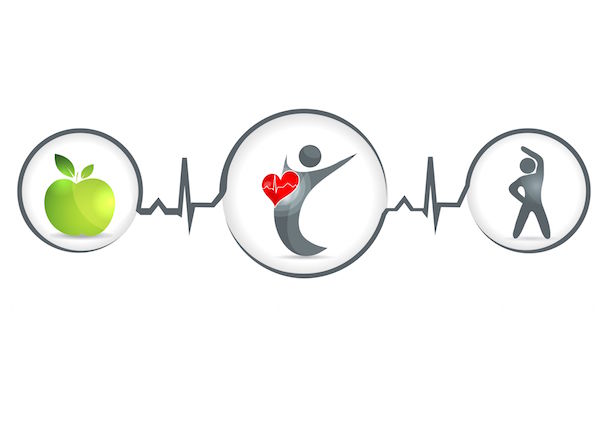
THURSDAY, Oct. 27 (HealthDay News) — Americans need to take action to reduce their risk of stroke, U.S. health officials said Thursday.
Someone in the world dies of a stroke every six seconds and about 137,000 Americans die of stroke every year. That number is about equivalent to the population of Eugene, Ore. or Savannah, Ga., according to the U.S. Centers for Disease Control and Prevention.
The agency’s message about stroke prevention comes ahead of World Stroke Day on Oct. 29.
A new U.S. government program, called Million Hearts, seeks to prevent 1 million strokes and heart attacks over the next five years. The program encourages people to learn and follow their ABCs: aspirin for people at risk; blood pressure control; cholesterol management; and smoking cessation.
“Someone in the United States has a stroke every 40 seconds and while that is a statistic to some, it’s a life abruptly changed for the person who suffered the stroke and the person’s family,” CDC Director Dr. Thomas Frieden said in a news release from the agency. “We can do so much more to prevent strokes and the new Million Hearts initiative offers opportunities for individuals, providers, communities and businesses to apply tools we have readily available today to reduce strokes and heart attacks.”
A stroke occurs when a clot blocks the blood supply to the brain or when a blood vessel in the brain bursts. Lifestyle changes and, in some cases, medications can greatly reduce the risk of stroke.
However, less than half of Americans who should be taking a low-dose aspirin a day to reduce their risk of stroke and heart attack are taking one, according to the CDC. Less than half of the 68 million American adults with high blood pressure have it under control, only one in three Americans with high cholesterol receive effective treatment, and less than a quarter of smokers get help to quit when they see their doctor.
Certain groups of people face a higher risk of stroke. Blacks are nearly twice as likely as whites to have a first stroke, and Hispanics also have a higher risk than whites. Blacks and Hispanics are more likely than whites to die after a stroke.
According to the CDC, there are more than 2 million strokes and heart attacks in the United States each year. Treatment for these and other vascular diseases account for about $1 of every $6 spent on health care.
More information
There’s more on the warning signs of stroke at the National Stroke Association.

